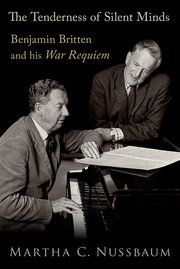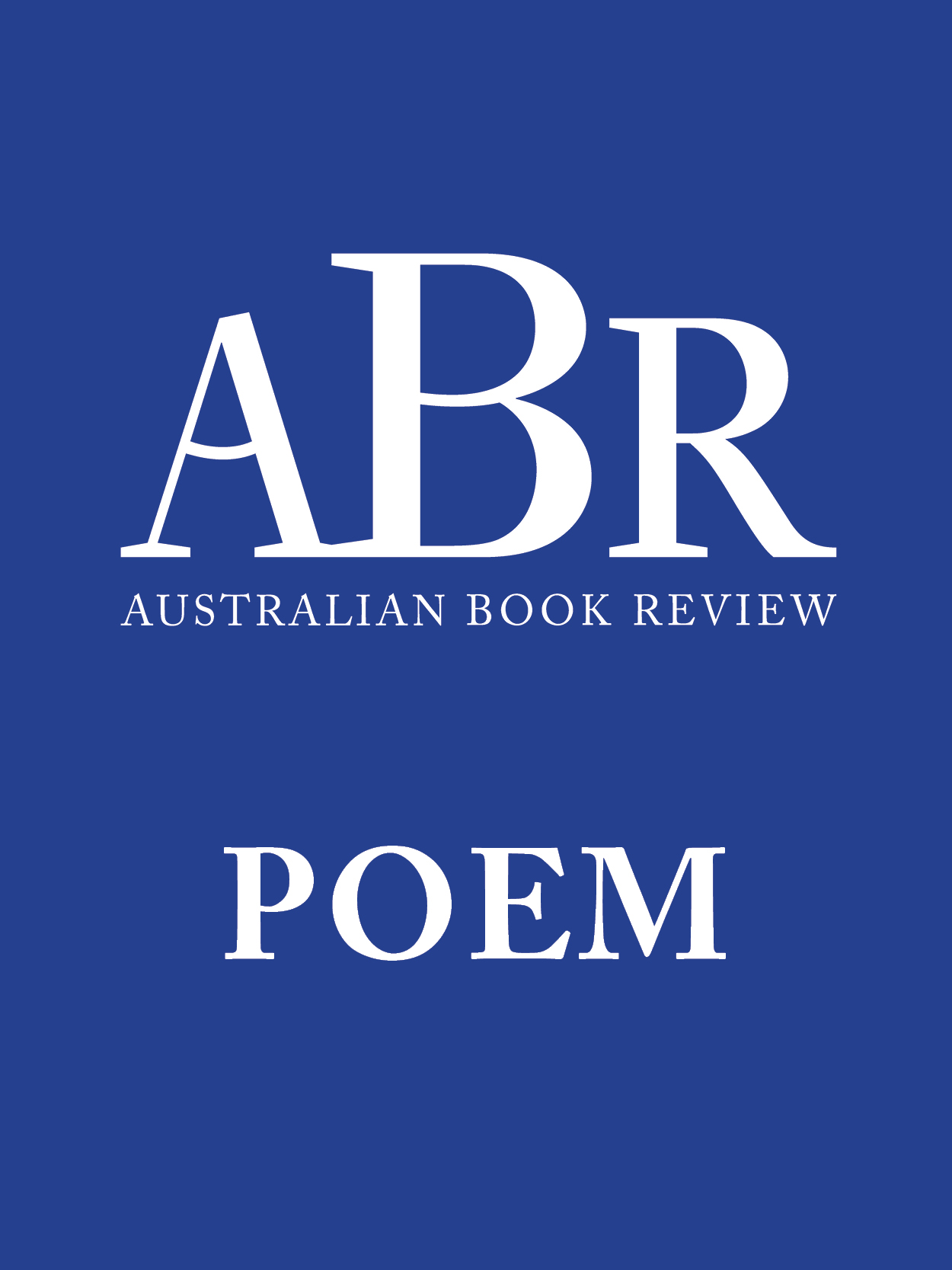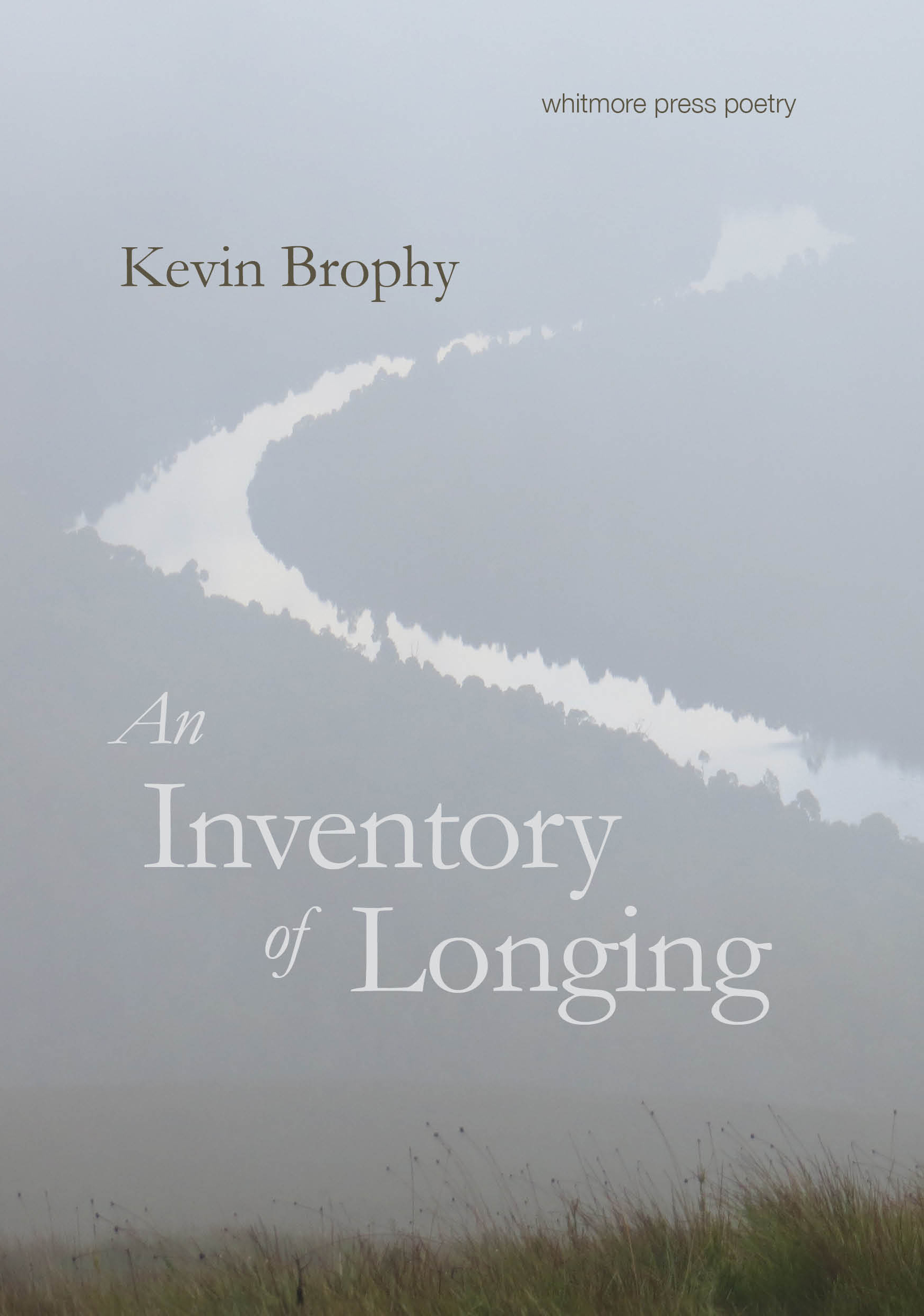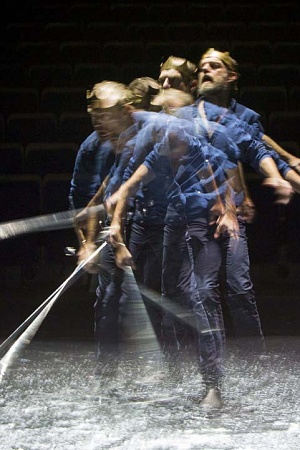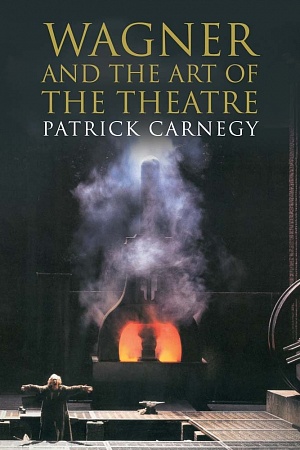Hamlet
Hamlet belongs to the final years of Elizabeth’s reign, when the system of espionage the old queen had created through her spymaster-general, Francis Walsingham – the network of ‘watchers’, as Stephen Alford calls them in a recent brilliant study of this phenomenon – had become an acknowledged part of everyday life in England. In the theatre, these modern spooks competed with the more traditional kind that stalked through the earlier drama, such as the Ur-Hamlet on which Shakespeare drew while writing his own version of this ancient plot. In Ben Jonson’s Sejanus, written at much the same moment as Hamlet and equally reflecting the English scene, spies lie concealed in the ceiling of Agrippina’s house in Rome, listening to the conversations below, waiting for the moment to burst from their holes and descend to make their arrests.
In Hamlet, espionage has become an even more intimate art, practised within the very bosom of the family. Polonius briefs his servant Reynaldo how to shadow his own son Laertes as he travels to Paris, while Claudius hires Rosencrantz and Guildenstern with even more sinister intent, to dispose of his stepson and nephew, Hamlet, on his journey from Denmark into England.
Continue reading for only $10 per month. Subscribe and gain full access to Australian Book Review. Already a subscriber? Sign in. If you need assistance, feel free to contact us.

